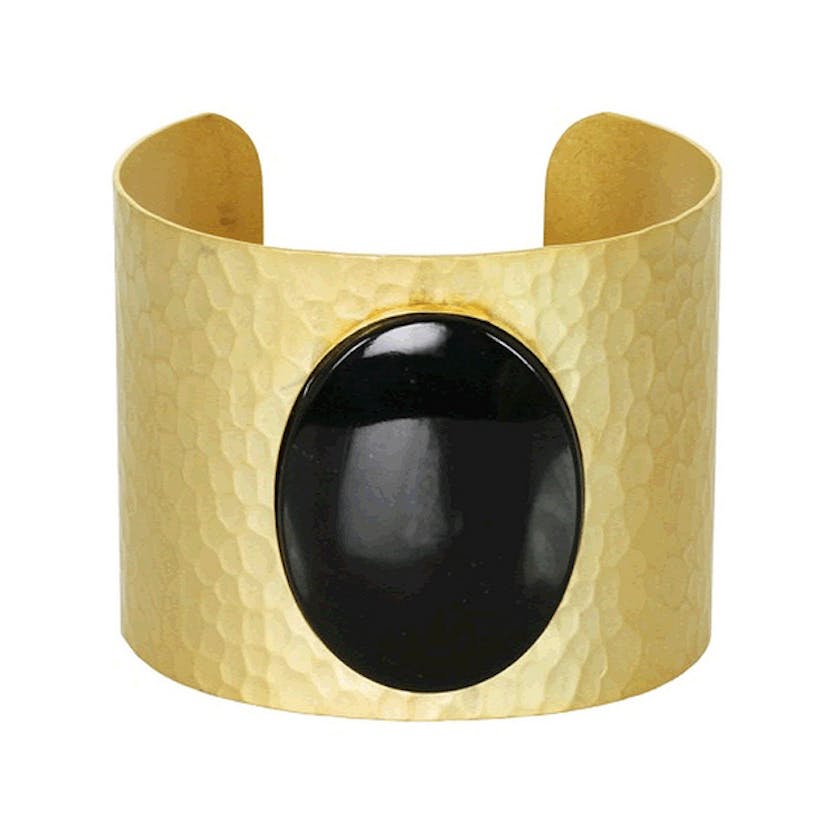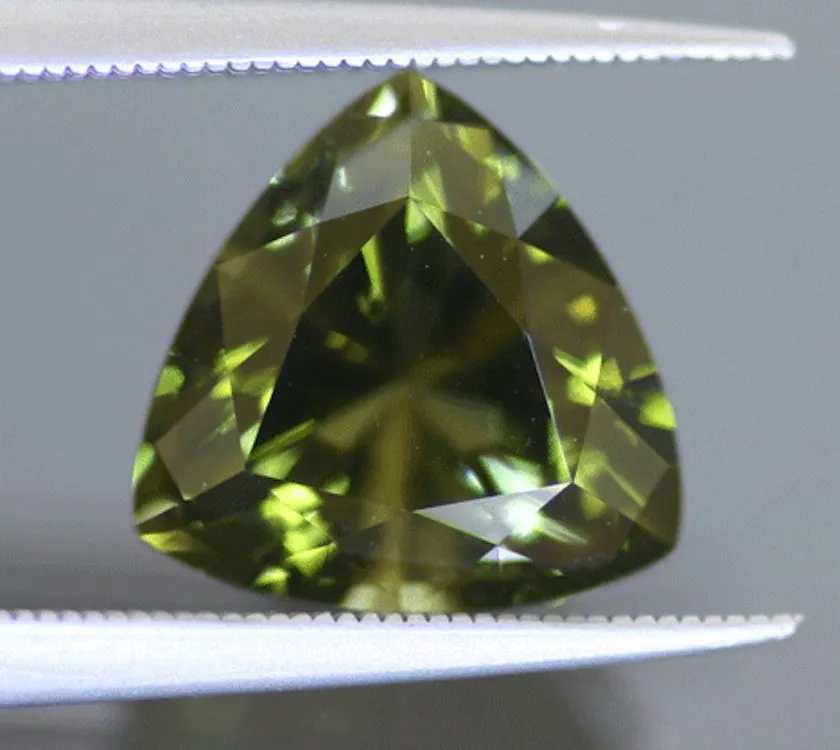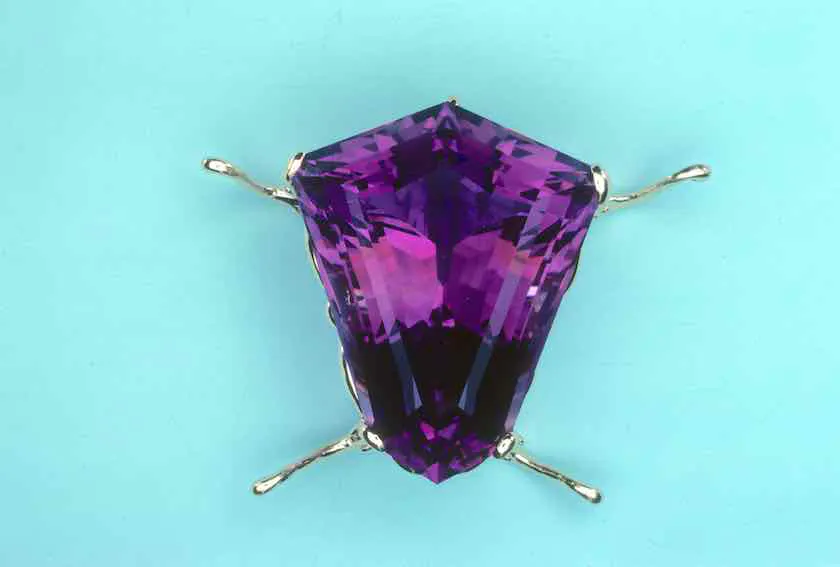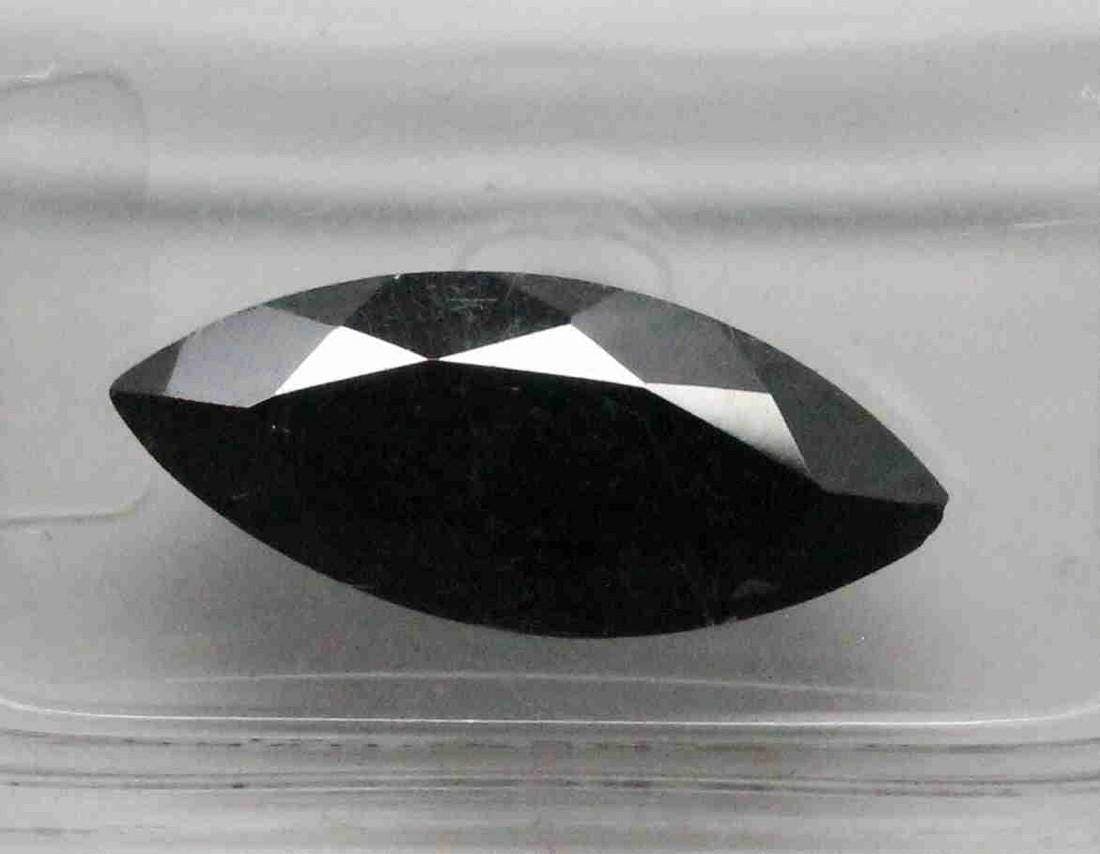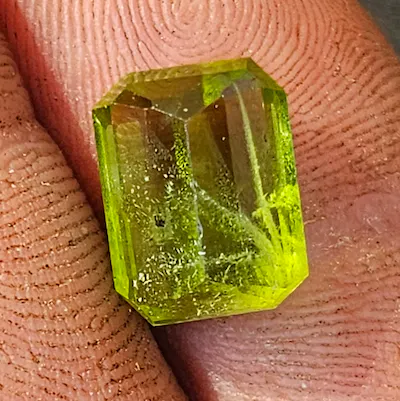News
Jet Value, Price, and Jewelry Information
Explore the enduring allure of jet, a historically popular black gem that, while experiencing a decline in modern popularity, still possesses unique beauty. At Melogems, we delve into the world of jet, showcasing its potential in eye-catching beads, carvings, and faceted pieces.
Beyond its association with mourning, jet has a rich history that goes back centuries. In this article, we unravel the value, price, and jewelry information of jet, shedding light on its origins, characteristics, and sources. Whether you’re a seasoned gem enthusiast or simply curious about this intriguing gemstone, Melogems invites you to join us on a journey to discover more about jet and its timeless appeal.
Identifying Characteristics
There are several ways to identify jet. One is through the hot point test, where a hot point is applied to the surface of the gem. Jet will release an oily odor when heated. Another identifying characteristic is the destructive test, where a small inconspicuous spot on the gem is tested. Jet burns like coal and will release an acrid smell. However, this test should only be used as a last resort for gem identification. Lastly, jet is warmer to the touch compared to glass imitations. Glass imitations of jet, such as black glass, can simulate its appearance but lack the warm touch of true jet. Other gemstones that may be substituted or confused with jet include obsidian, black tourmaline, and chalcedony.
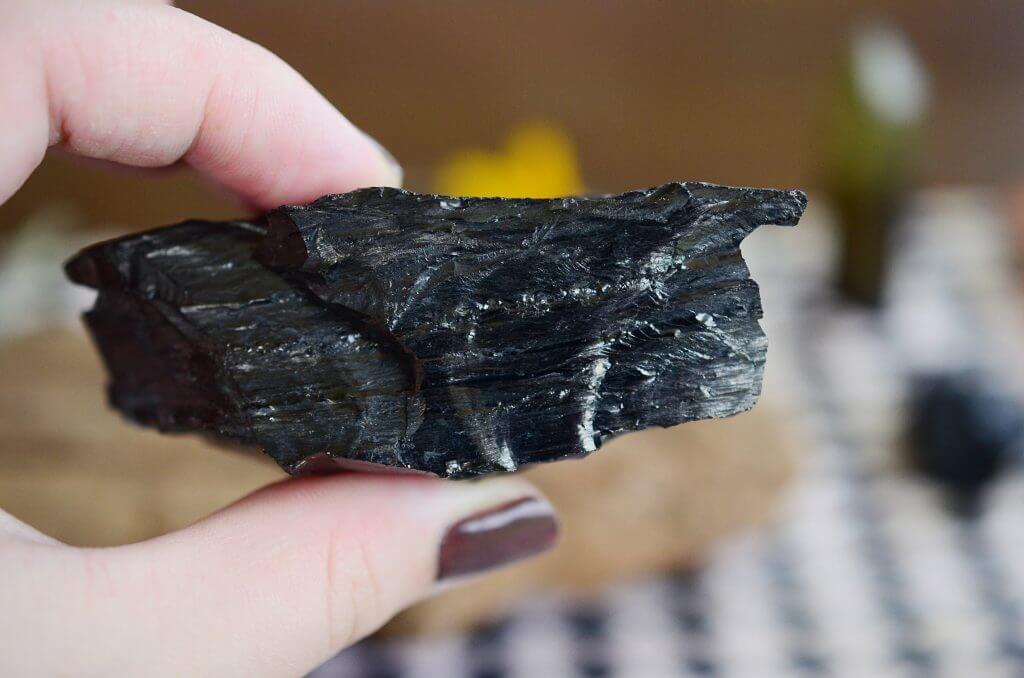
Simulants
Plastic imitations and black glass are common simulants for jet jewelry. Plastic imitations can closely resemble the appearance of jet but lack its natural warmth. Black glass, also known as “French Jet,” was a popular glass imitation during the 19th century when jet was at its height of popularity. Additionally, there are other gemstones that can be mistaken for jet, such as obsidian, black tourmaline, and chalcedony. It’s important to be aware of these simulants when purchasing jet jewelry.
Sources
The finest jet comes from Whitby, England, where it is found in seams. Spain is another notable source of jet, producing a harder but more brittle variety. Most commercial jet material comes from these locations. Other notable sources include the United States (Colorado, New Mexico, Henry Mountains, Utah), Aude in France, Germany, India, Poland, Russia, and Turkey. Turkey, in particular, has a significant supply of jet, with the Oltu District in the Erzurum Province being one of the largest sources.

Stone Sizes
Jet’s relatively low density allows gem cutters to fashion it into various sizes. This means it can be carved, made into cabochons, and used for decorative or utilitarian purposes in almost any desired size. Jet can be versatile in jewelry designs, ranging from small beads to large pendants or carvings.
Care
Given jet’s brittleness and relatively low hardness, it’s important to take proper care of jet jewelry. Protective settings should be used for pieces that are meant for frequent wear, such as rings. It’s also advised to store jet separately from harder materials to prevent contact scratches. Mechanical cleaning systems, such as ultrasonic or steam cleaning, should be avoided. Instead, a soft brush, mild detergent, and warm water can be used for cleaning jet jewelry. Following these care recommendations will help preserve the beauty and longevity of jet jewelry.

Jet Properties
Jet is a variety of lignite coal and forms from fossilized wood. It’s important to note that while it resembles anthracite coal, jet is less brittle. Some key properties of jet include its birefringence (none), cleavage (none), colors (black, brownish), crystallography (amorphous, usually found in coal seams as black masses and lumps), dispersion (none), etymology (from the Greek Gagae, the name of a town and river in Asia Minor, now Turkey), formula (C, carbon plus impurities), fracture (conchoidal), hardness (2.5-4), luster (dull, waxy), occurrence (fossilized wood, a form of lignite brown coal), optics (blurred shadow edge on refractometer at 1.66), pleochroism (none), polish luster (vitreous), refractive index (1.66), specific gravity (1.19-1.35), transparency (opaque), and variety of organic gemstones.
Related Articles
For more information on gemstones and jewelry, check out these related articles:
- An Introduction to Turkey’s Gemstones: Turkey is known for its diverse range of gemstones, including diaspore, chalcedony, and purple jade. Learn more about the gemstones found in Turkey.
- Pink Diamond Value, Price, and Jewelry Information: Pink diamonds are rare and beautiful gemstones. This article provides insights into the value, price, and information on pink diamonds.
- Humite Value, Price, and Jewelry Information: Humite minerals, such as clinohumites and chondrodites, can make stunning gemstones with rich colors. Learn more about their value, price, and jewelry information.
- Pectolite (Larimar) Value, Price, and Jewelry Information: Pectolite, also known as Larimar, is a fibrous mineral that has fascinated gem collectors. Discover more about its value, price, and information for jewelry.
In conclusion, jet jewelry has a rich historical background and has been used since ancient times. Despite its decline in popularity in modern times, jet can still be appreciated for its unique beauty and versatility in jewelry designs. It’s important to properly identify jet and be aware of simulants and sources. Taking care of jet jewelry and understanding its properties will help maintain its beauty and longevity. For more information on gemstones and jewelry, explore the related articles mentioned above.

